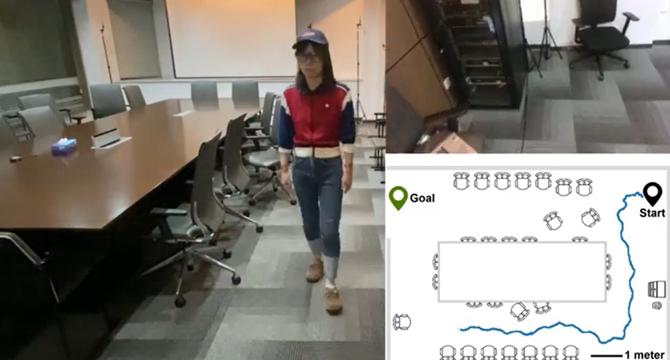Physicsworld
1M
68

Image Credit: Physicsworld
Visual assistance system helps blind people navigate
- Researchers in Shanghai, China, are developing a practical visual assistance system to help blind and visually impaired individuals navigate using a combination of camera headgear, AI software, and wearable artificial skins.
- The system integrates visual, audio, and haptic senses to improve navigation and overcomes challenges seen in current designs, like weight, battery life, processing speed, and safety concerns.
- Innovations in technology such as miniaturized hardware, AI improvements, and wearable sensory augmentation materials are expected to enhance the viability of visual navigation assistance systems.
- The prototype system incorporates a camera, artificial skins for haptic feedback, bone-conducting earphones, and real-time processing to provide accurate obstacle detection and navigation guidance for visually impaired users.
Read Full Article
4 Likes
For uninterrupted reading, download the app